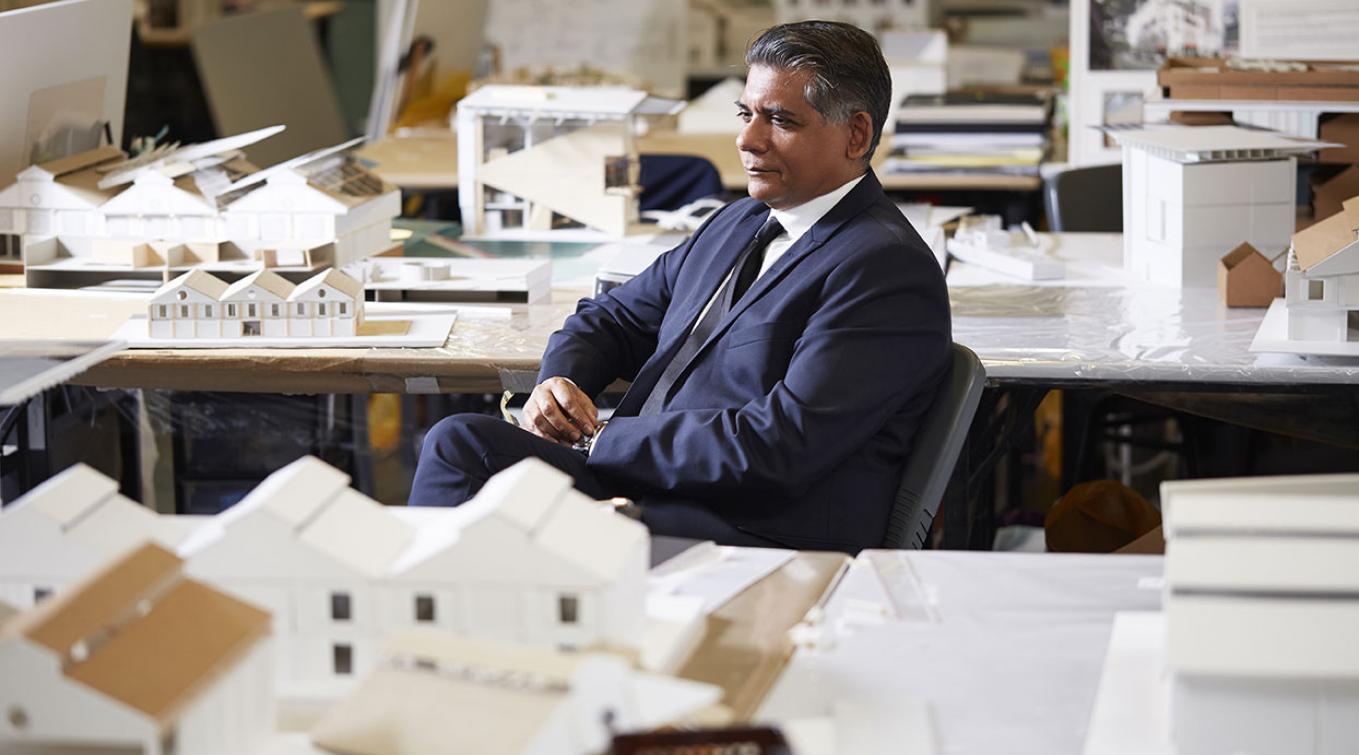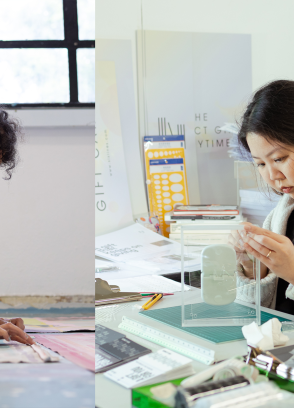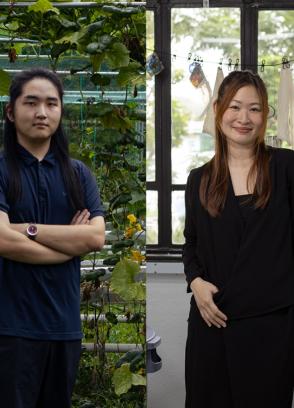03 January 2019
Hi Venka, you’ve been involved in the arts for a long time now. Tell us a little about your journey.
I studied English Literature and Mass Communications at York University in Canada, with a particular interest in literary, cultural and communications theories. I followed on with an MA in English Literature specialising in Shakespeare and postcolonial studies. For my PhD, I read Singaporean cultural policy and festival cultures at the University of Melbourne, Australia.
During my undergraduate days, we delved into critical theory and the role of literature and culture in society, which naturally led to discussions about other art forms, from design to performing arts to visual arts. We looked at these as ‘texts’ to be read, contextualised and interpreted to study how meaning is made in art. This critical discourse served as the foundation of arts training for me. Moreover, as a poor international student, I worked as a university residence Senior Don at Winter’s College, York University which was dedicated to students studying music, theatre, dance, film, visual arts, media arts and also sports. This environment inducted me into understanding artistic processes, practices and their particularities. I had to do a lot of student advising, and this really prepared me for my job at LASALLE!
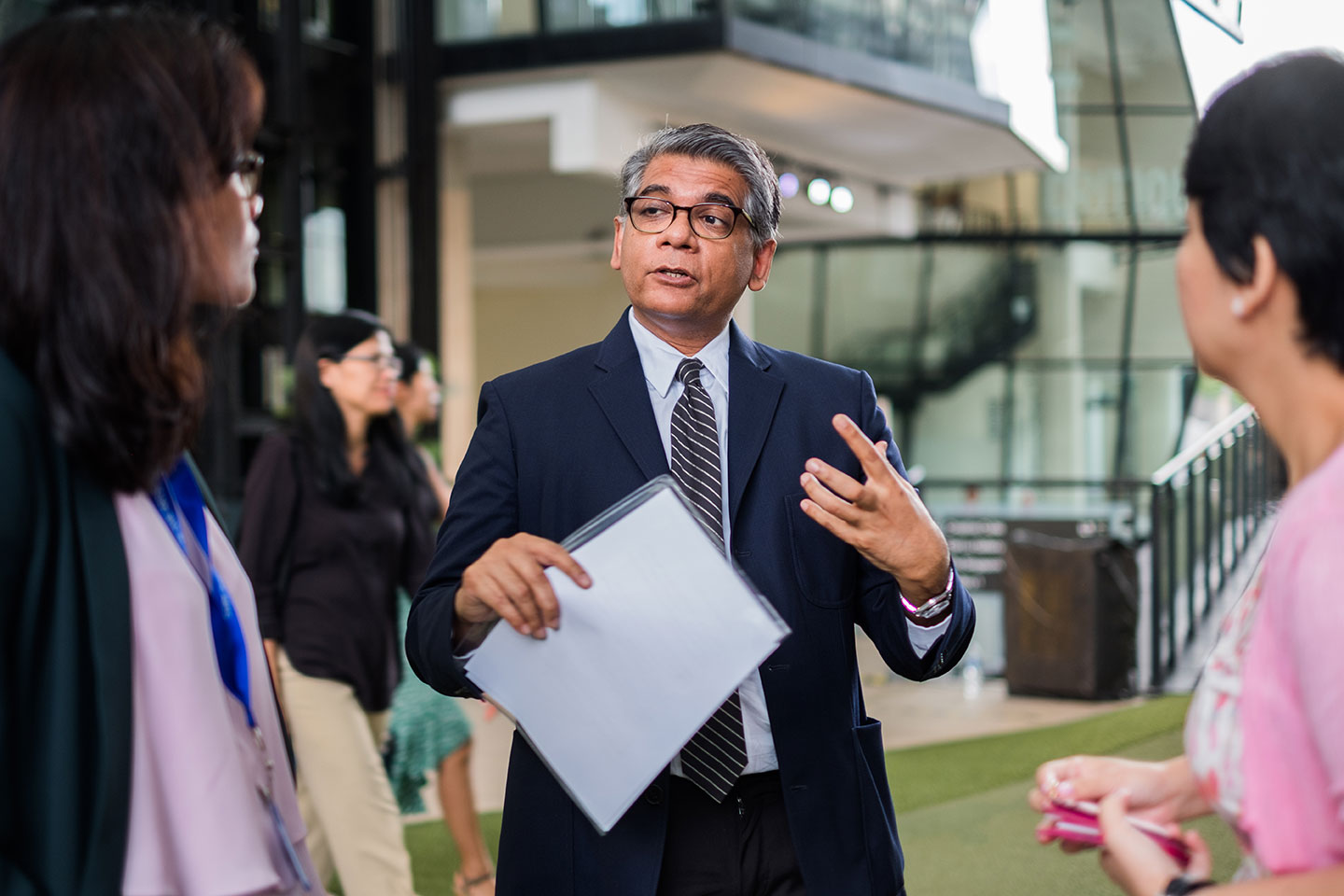 Venka at the opening of Tropical Lab 12: Sense
Venka at the opening of Tropical Lab 12: Sense
My formal foray into the arts industry commenced with my first job as an arts administrator working in a newly set up Singapore Arts Centre Co Ltd which was established to build the Esplanade - Theatres on the Bay. I was their first full-time staff - 001! Working and learning through all aspects of arts management, I am proud to have recommended the name The Esplanade to the committee tasked to identify a suitable name for the centre. It was a dream job for a young arts administrator to learn on the job, travel around the world and understand management structures of arts institutions and venues and meet, listen and learn from numerous established and world-class artists. Subsequently, I worked at the Victorian Arts Centre in Melbourne, The Arts Magazine (Southeast Asia’s first English-language magazine dedicated to the arts), and the Singapore Arts Festival before coming to LASALLE.
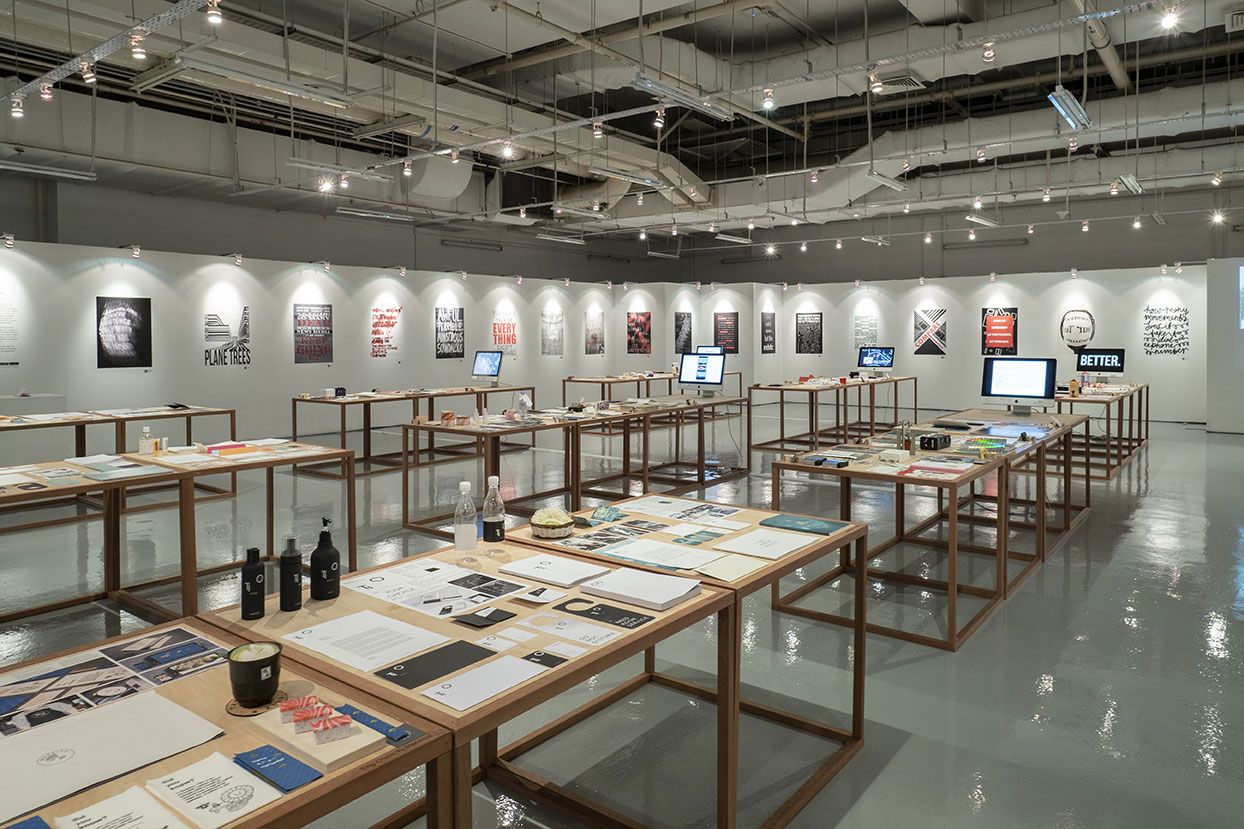 The LASALLE Show Exhibition 2018
The LASALLE Show Exhibition 2018
Amidst these full-time jobs, I was an art writer focused on contemporary visual arts and culture writing for Singapore’s Business Times, the Arts Magazine, etc. My keen interest in the arts led me to write and review theatre and visual arts extensively. Today, I still continue to write about visual arts. I also developed consultancies, to teach arts management and started to advise arts companies on how to organise themselves as a business.
It’s been over 15 years now, and I haven’t looked back since.
How would you sum up your pedagogical philosophy?
I’m interested in contemporary Asia and its place in the arts. I want to ensure that the new generation of artists, cultural leaders, and the shifts in culture and society that we see in the twenty-first century are represented and studied in arts curricula, particularly in Singapore. In this regard, I have emphasised the building and founding of networks such as the collective Asia-Pacific Network for Culture, Education and Research (ANCER), and the Global Design Initiative/Faculty with five international universities.
It’s an old adage that change is the only constant, but we have never lived in more rapidly changing times. I am fond of reminding my colleagues that we are always preparing our students for a world that did not exist when we were students — and the concerns of students now are not the concerns we had, rightly so.
Can you share what it is that keeps you going as an educator? In your view, where does the value of arts education lie?
The value of art lies in the personal transformation I see in all our students becoming cultural citizens of their country and true light-bearers to art and its power of change on communities.
When LASALLE first started, it was a daily challenge to prove the value of arts education. People saw the arts as very peculiar and didn’t see the relationship between arts and education. Today, people will still say: art is subjective, so how do you teach and assess it?
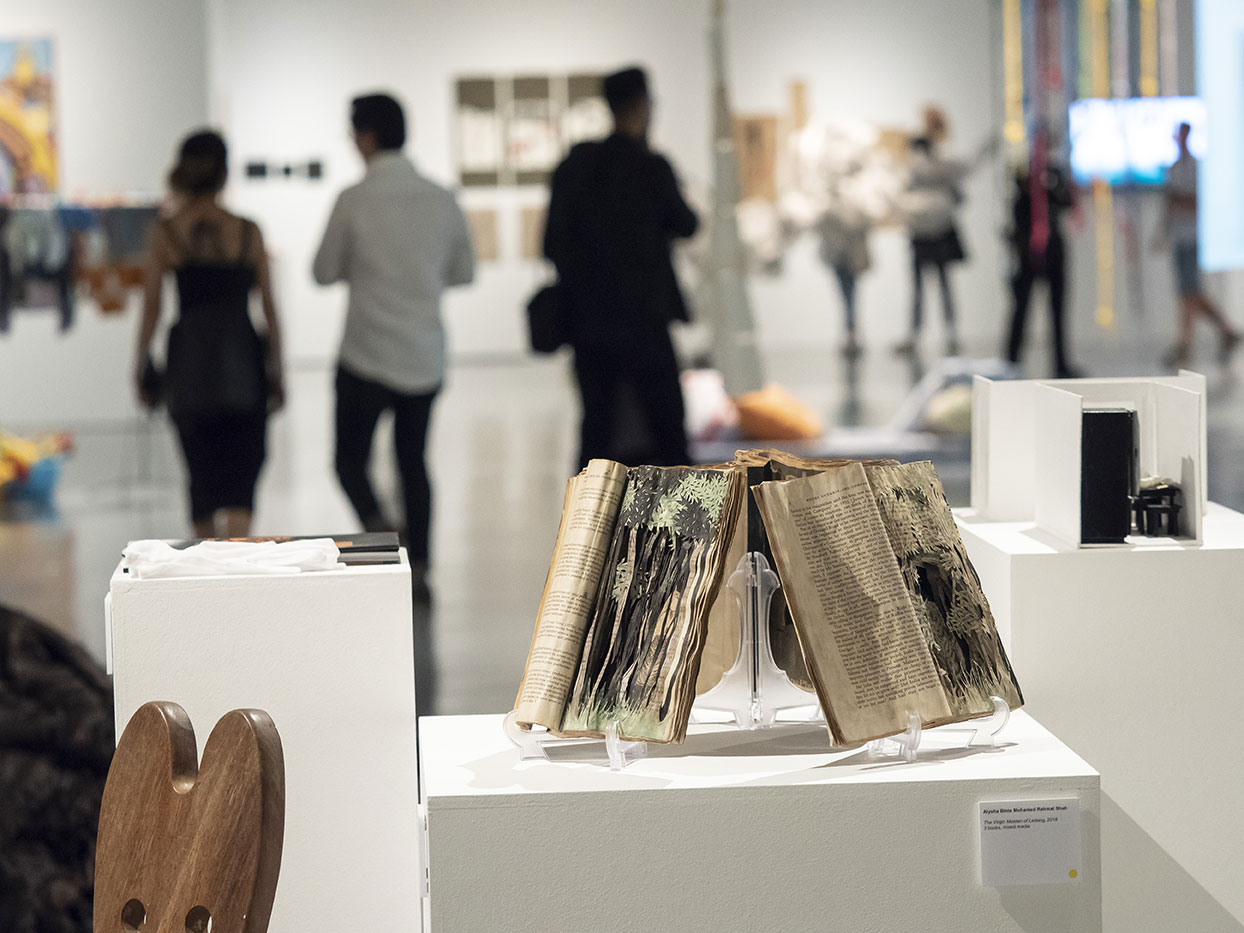 The LASALLE Show Exhibition 2018
The LASALLE Show Exhibition 2018
The thing is: the final outcome or the ‘art’ may look subjective, but the process of getting there is highly objective and precise, loaded with lots of dedication. At the same time, it is more scientific than you might think. I’ve often said that the dichotomy between art and science is a false one. Michelangelo and Leonardo da Vinci were great mathematicians, scientists and artists as well.
So when you examine an artist’s process journal, you come to understand his/her thought process through the research, structures, techniques and inspiration that eventually led to a particular painting, movement or idea. It is through this process that we critique, question and evaluate. We invest more into the means than the end itself: the making, the reflection, the inevitable remaking and reworking. This is an environment that only an arts education can provide, and it prepares our students particularly well to chart themselves into various fields and opportunities, often alien to their practice, without fear in these turbulent and disruptive times.
My current service at the College is a testament to my ability to help shape an arts school into a forward-looking institution of excellence. Moreover, my work over the years has informed my interest in the purpose and function of the 21st-century art school. An art school environment is a unique place. It is a purposive environment that nurtures artists to develop their vocabulary to explore and articulate the future. The art school produces not only employable graduates and award-winners but the cultural scribes of a nation who are deeply situated in their communities and yet international in perspective.
What are some of your own research interests?
My immediate research interest is in arts school environments and alternative modes of education.
Beyond that, I also have an interest in researching contemporary art in South and Southeast Asia, arts higher education and cultural policy & festival cultures. I have been really fortunate that my work has taken me all over the world, coupled with lived experiences in Singapore, Toronto and Melbourne. This has given me ample opportunities to research cultural differences in the management of arts festivals and biennales across the globe and the place of art in different societies and communities.
Venka is an award-winning author of numerous artist monographs and books on cultural policy and festivals, including:
- The Art of Sukumar Bose: Reflections on South and Southeast Asia (2013), awarded 2015 ICAS Best Art Book Accolade by the International Congress of Asian Scholars, Leiden University.
- Making Visible the Invisible: Three Decades of the Singapore Arts Festival (2007), which remains the most comprehensive documentation of the arts festival from 1977 to 2007.
- Narratives: Notes on a Cultural Journey, Cultural Medallion Recipients, 1979-2002 (2002), which inaugurated the documentation and study of artistic leaders in Singapore in subsequent years.
- Editor of Issue: International Art Journal, 2013-2018. A journal on contemporary art and artistic practices. It features scholarly essays, exhibitions and interviews.
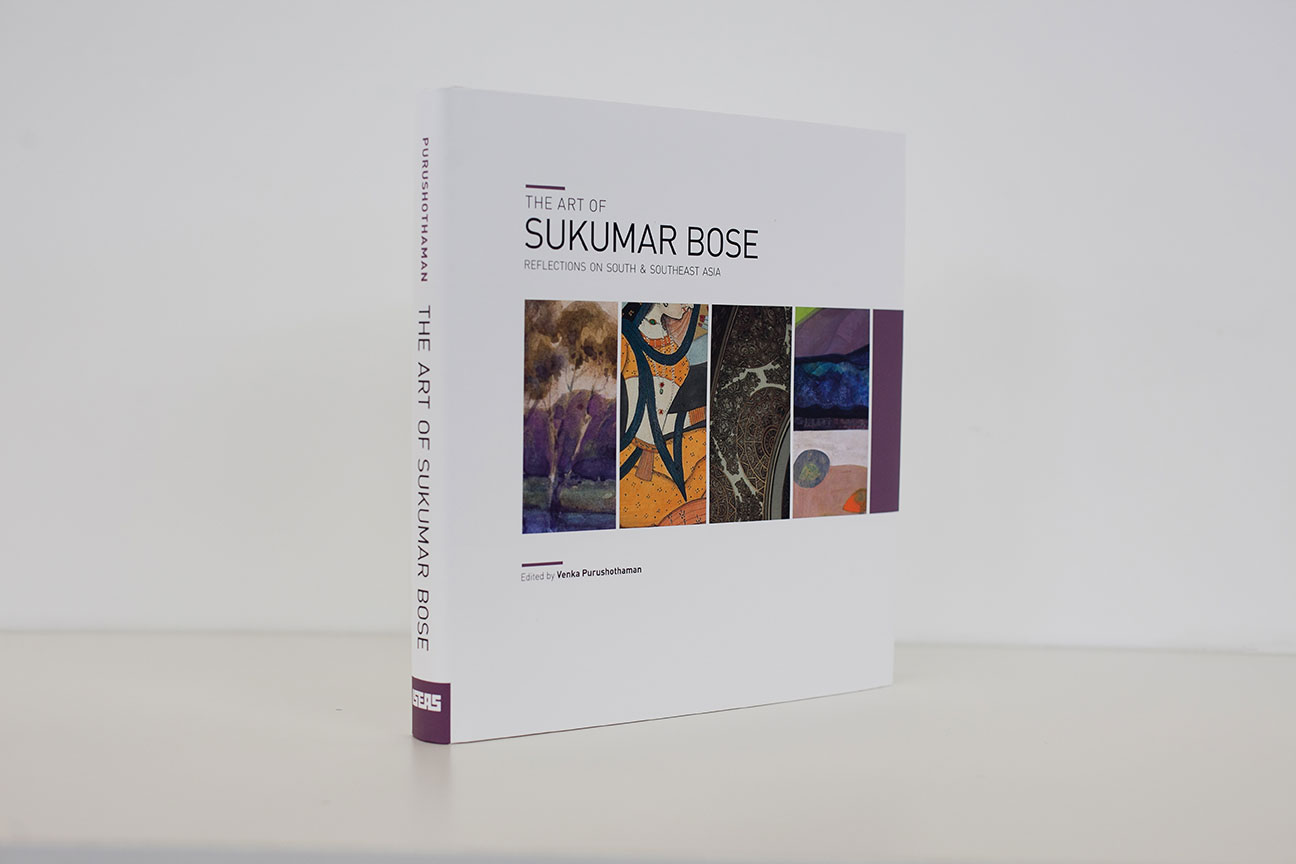 The Art of Sukumar Bose: Reflections on South and Southeast Asia (2013)
The Art of Sukumar Bose: Reflections on South and Southeast Asia (2013)
As you’ve just articulated, contemporary art can be subjective, contentious, or merely difficult to understand. How did you develop a passion for contemporary art?
I like the fact that at the cutting edge of contemporary, lies the unknown. Time-tested and institutionalised art teach us virtuosity, and skill, and a particular way of looking at the world and appreciating beauty in a specific way. But the contemporary doesn’t show us any of those. It helps us find new ways of looking at the world.
When you listen to a piece of classical music, you know what you are going to get, and you study the virtuosity. You understand that the music moved you because of some aspects in it, or a particular performance technique. With contemporary art, however, you never quite know what you’ll get, and the beauty of it is that in the process of reacting, and questioning your reaction to the art, asking yourself why it does or doesn’t resonate with you, you discover something about yourself.
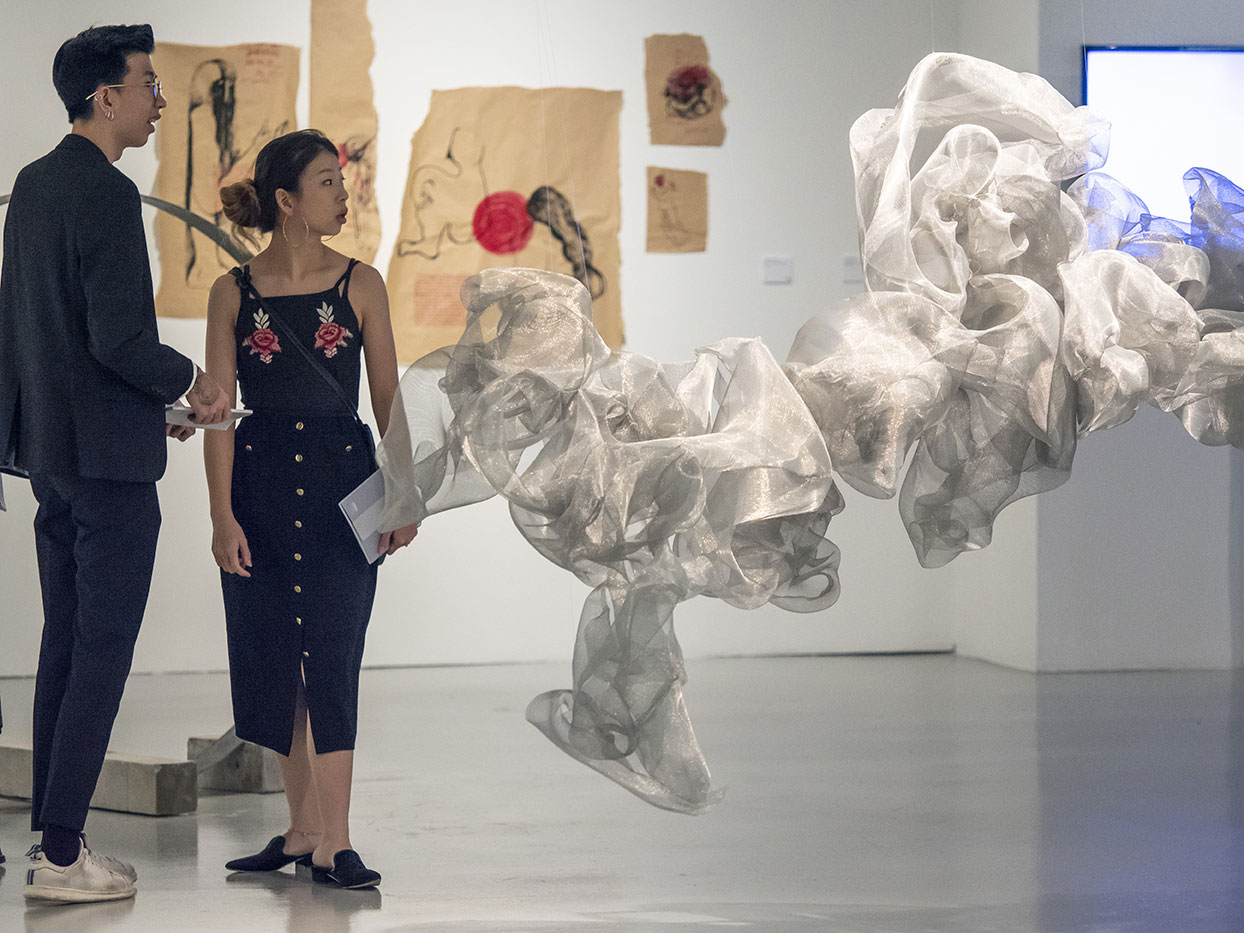 The LASALLE Show Exhibition 2018
The LASALLE Show Exhibition 2018
Engaging with contemporary art doesn’t have to be difficult. Ultimately, it is not about judging whether something is a good or bad piece of art, but in confronting the unknown and becoming comfortable with probing further, continually questioning. This process adds a fantastic texture to the quality of our lives.
Photos by: Sean Lee, Isabelle Lim, and Ken Cheong

